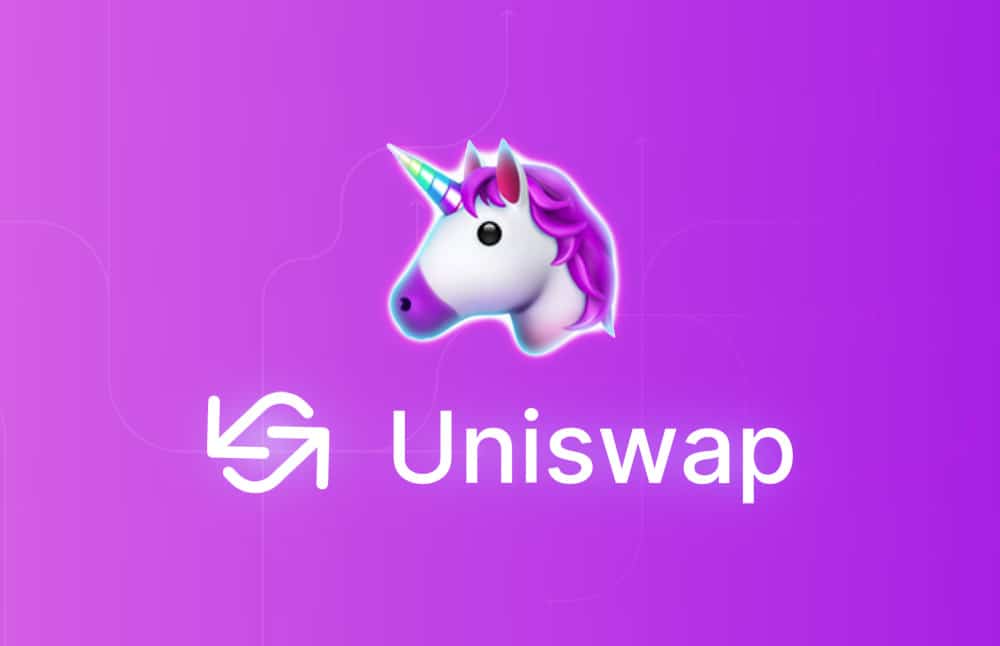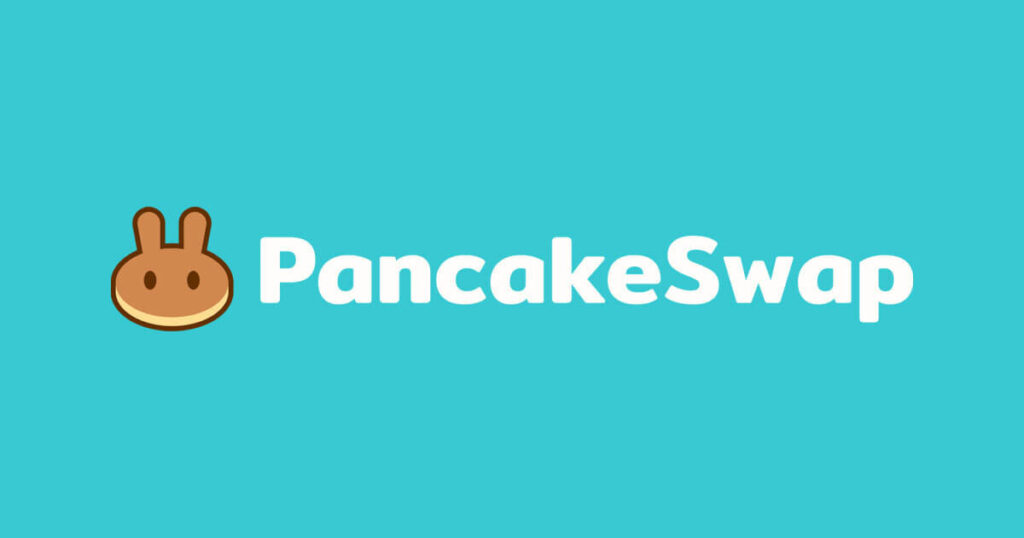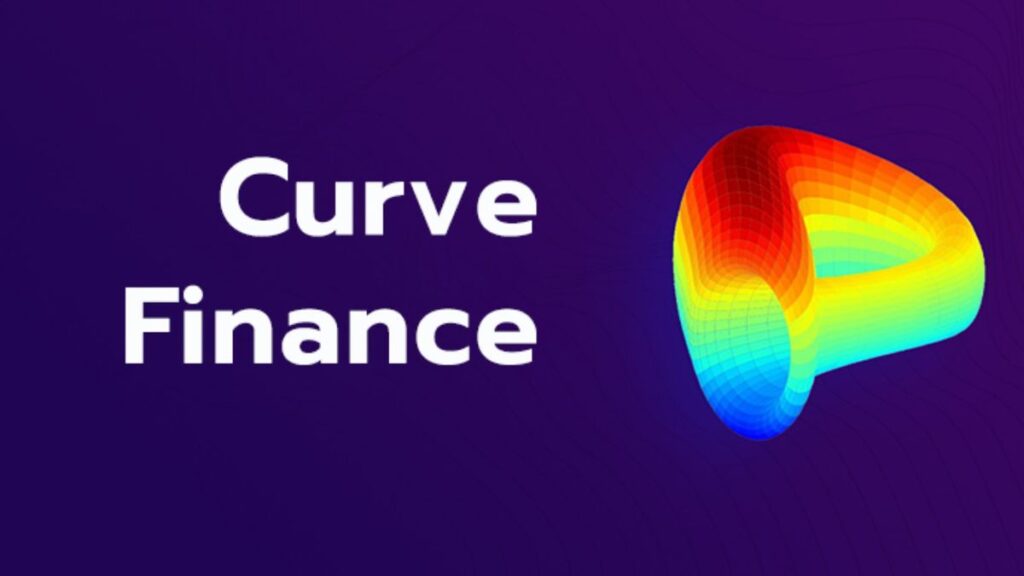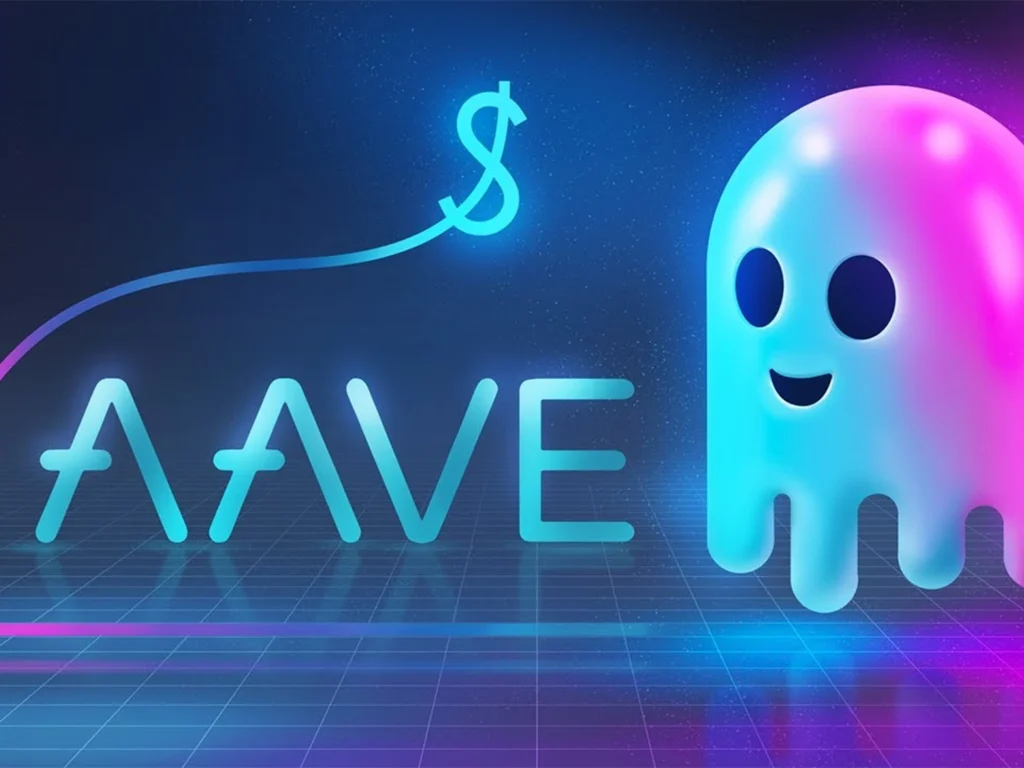Yield farming is a strategy that can potentially benefit liquidity providers in the DeFi ecosystem significantly. This article takes us on a deep dive into the mechanisms of yield farming protocols.

Decentralized finance (DeFi) symbolizes a shift in how people might earn returns on their assets. Rather than going through traditional financial intermediaries, DeFi uses blockchain technology to manage financial transactions.
Within this ecosystem, yield farming has developed as an essential way for liquidity providers to potentially improve their earnings.
Yield farming is a process in which participants contribute liquidity to a DeFi protocol in exchange for rewards, often denoted in the platform’s native token.
The yield farming landscape is dynamic, with multiple protocols competing for liquidity through competitive incentives.
While yield farming has the potential for significant rewards, it also carries several hazards, including catastrophic loss and smart contract vulnerabilities.
As a result, it is essential for investors, particularly those dealing with large volumes, to grasp the mechanisms of yield farming protocols completely.
Understanding DeFi Yield Farming
Decentralized Finance, or DeFi, is revolutionizing the financial landscape by utilizing blockchain technology to conduct financial transactions that do not require traditional intermediaries.
The practice of yield farming has arisen as a pillar of this system, allowing liquidity suppliers to generate passive revenue.
Yield farming entails putting assets into decentralized protocols in exchange for interest, typically protocol governance tokens or other monetary benefits.
These funds are subsequently made accessible to other ecosystem members to borrow on margin for various trading activities, or they can serve as liquidity to facilitate trade in the event of a decentralized exchange driven by an automated market maker (AMM).
Consequently, yield farming gives users passive and active chances to put their cash to work when it would otherwise be idle.
Having gotten that, let us see how yield farming is similar to traditional finance.
DeFi Yield Farming vs Traditional Finance
A comparison of yield farming to traditional financing reveals numerous differences.
Unlike savings accounts or investment funds, which provide relatively consistent returns, yield farming potentials might vary considerably owing to changing market conditions.
Additionally, yield farming functions in a permissionless environment, with protocols based on decentralization, eliminating the need for traditional financial institutions.
This gives both chances for larger rewards and risks, such as temporary loss or protocol vulnerability to security breaches, which are less concerning in the traditional finance sector.
Now, we will get straight into the mechanisms of yield farming protocols.
The Mechanisms of Yield Farming Protocols
There are several yield farming protocols in the investment market. However, using the highest-yield farming platform is always preferable for the best results.
Here is a comprehensive yield farming protocol list to make your task easier. Let us take a look!
- Uniswap
- PancakeSwap
- Curve finance
- Aave
- Venus
Uniswap

Uniswap is one of the top crypto yield farming protocols you should know. It is often referred to as the king of DeFi exchanges.
It is one of the most advanced decentralized exchanges on the Ethereum network. It enables users to use its liquidity pools to earn higher interest on their cryptocurrency holdings.
It allows users to swap thousands of ERC-20 tokens. Liquidity providers can earn a percentage or portion of trading fees on each swap. Uniswap is a platform that requires liquidity providers to stake both pool sides equally.
The platform’s interest rates will fluctuate depending on market conditions and the pool.
The frictionless feature of Uniswap makes it an excellent platform for trustless token swaps.
There are several versions of Uniswap which confuse users. However, each version improves the exchange’s accuracy and capital efficiency. That means users can get better rates and lower fees.
Currently, there are two live versions: V2 and V3. The latest Uniswap V3 version is rapidly expanding, with over 200 integrations.
However, investors must exercise caution when depositing assets into liquidity pools. This is because drastic price changes can result in significant short-term losses.
Also, like all other DeFi platforms, there is a risk of smart contract failure, resulting in potential losses.
The Uniswap protocol’s gas fees can be high because it is built on the Ethereum platform. The good news is that no sign-ups or identity verification are required to use the app.
PancakeSwap

When it comes to the best yield farming protocols, you’ve probably heard of PancakeSwap. However, if you are new to cryptocurrency, you may have heard of PancakeSwap for the first time.
It was launched in 2020 and is one of the highest-yield farms on the Binance Smart Chain. This protocol has evolved rapidly and has a trading volume of approximately $400 million.
PancakeSwap enables users to yield farms by providing liquidity. In return, users receive Liquidity Pool tokens, which can be converted into CAKE or other cryptocurrencies.
To yield farm on PancakeSwap, users can become liquidity providers or stake their native tokens for rewards. To become a liquidity provider, you must add tokens to the liquidity pool and farm the denominated token.
The most appealing features of this yield farming platform are its high yields, low transaction fees, and generous rewards.
The platform supports non-fungible tokens (NFTs), BSC token exchanges, and staking pools that earn interest.
Also, PancakeSwap provides a gambling game in which you must predict the future price of Binance Coin (BNB). The platform also incentivizes DeFi users with lotteries.
The exciting features encourage more users to use this platform for yield farming.
However, PancakeSwap does come with some risks. Some of the potential risks include smart contract failure and temporary loss as a result of price fluctuations.
Curve Finance

Curve Finance is one of the highest-yielding farming pools on the market. With approximately $19 billion in total value locked, the Curve Finance platform is the largest DeFi platform.
Curve Finance has been designed to ensure efficient cryptocurrency trading and high annual interest returns.
Compared to other DeFi platforms, the platform has a market-making algorithm that best uses lock funds. This strategy benefits both liquidity suppliers and swappers.
Curve Finance offers a long list of stablecoin pools with attractive APRs. Curve Finance’s APRs are pretty high. It ranges from approximately 1.9% to 32%.
The platform enables users to trade stablecoins with minimal slippage and fees. Stablecoins are thought to be safer due to their stable base value.
However, it is essential to note that Curve Finance still carries certain risks. The main risks for all platforms are smart contract failure and temporary loss.
Aave

When it comes to the best yield-farming protocols, Aave cannot be overlooked. In terms of yield farming, Aave is a strong contender.
It is a popular open-source liquidity protocol that allows users to borrow and lend cryptocurrency. Aave is one of the most popular yield farming platforms, with a market value of over $3.4 billion.
The native token for Aave is AAVE. The token incentivizes users to use the platform by offering fee discounts, voting power for governance, and other benefits.
Aave is an Ethereum-based decentralized platform that offers low-interest cryptocurrency lending and borrowing. It allows users to earn interest on their deposits.
However, market borrowing demand will heavily influence the amount of interest earned. The interest rate is automatically adjusted based on the current market conditions.
The AAVE tokens enable quick earnings and compound interest in the investing funds. Users who deposit more money are more likely to receive more significant token amounts. Also, Aave offers flash loans to users.
This appealing functionality and other features make it a popular platform among DeFi users. This platform allows users to earn nearly 15% APR for lending. That demonstrates the enormous benefits that Aave provides to its users.
Venus

Venus is also among the highest-yielding farming pools on the Binance Smart Chain. It is a popular algorithmic money market that enables decentralized borrowing and lending.
Users can deposit their crypto assets, such as ETH, BNB, and stablecoins, to earn lucrative interest. Venus also offers users a simple and intuitive asset borrowing and lending solution.
It allows users to borrow cryptocurrency against specific collateral. Additionally, users can lend assets to earn yields.
The platform’s prominent features include low-cost and fast transactions. It also provides a large pool of liquidity and wrapped tokens. Users can use their collateral to borrow assets.
Venus protocol uniquely allows users to mint synthetic coins at over-collateralized locations to invest in the platform’s financial products.
Another appealing aspect of the platform is allowing users to earn various rewards. Launched in 2020, the platform rapidly evolves and has emerged as one of the market’s leading protocols.
The Venus protocol has approximately $1.5 billion in assets on BSC.
Conclusion
Yield farming is quickly becoming one of the most popular ways to increase revenue in cryptocurrency. Now that you have a guide to the best yield farming protocols, selecting the right one will be relatively simple.
However, make sure to research all of the platforms to see which is best for you. When making investments, keep in mind the platforms’ potential risks.
The DeFi space is evolving and expanding at a rapid pace. It is unlikely to slow down anytime soon. New farming techniques will emerge as investors seek to use their assets best while maximizing returns.
As a result, staying current on the latest techniques is critical for remaining profitable. Leverage the high-reward, high-risk yield farming strategy to potentially earn high returns on your investment.
